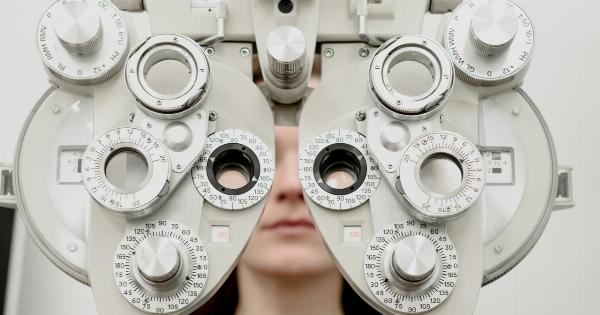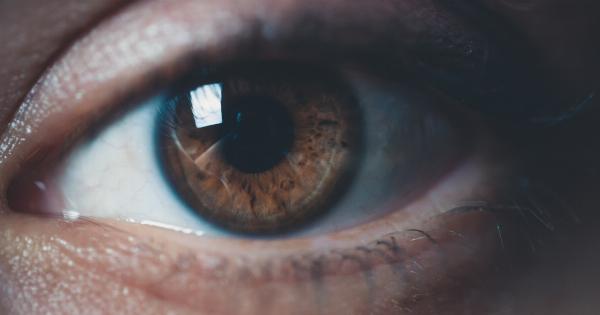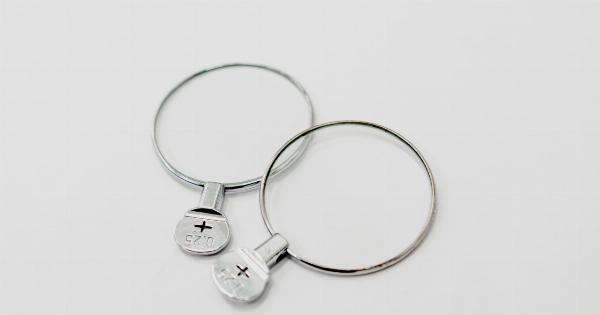Millions of people undergo cataract surgery every year, which is a safe, effective and routine surgery.
Although most patients experience improved vision within a few days of surgery, it is essential to monitor their eyes regularly for any signs of complications. In this guide, American Ophthalmology Company provides a comprehensive overview of what to expect after cataract surgery and how to monitor your eyes effectively.
What is Cataract Surgery?
Cataract Surgery is one of the most common surgeries performed worldwide. In this surgery, the surgeon removes the natural lens of the eye and replaces it with an artificial one.
The artificial lens is called an intraocular lens (IOL) and is typically made of plastics or silicone. The IOL restores vision and eliminates the blurry and hazy vision associated with cataracts.
What to expect after cataract surgery?
After cataract surgery, your eye may feel itchy, gritty or uncomfortable, and you may experience sensitivity to light and a mild headache. These side effects are temporary and should subside within a few days or weeks.
However, some complications may require urgent medical attention. The following are some common complications after cataract surgery:.
Infection
Although rare, it is possible to develop an infection after cataract surgery. Symptoms include pain, redness, swelling, discharge, and decreased vision. If you experience any of these symptoms, you should contact your eye doctor immediately.
Swelling and Inflammation
Swelling and inflammation of the eye are common in the first few days after cataract surgery.
However, if your eye becomes more painful or redness increases, you need to see your eye doctor immediately, as it may be a sign of infection or other complications.
Retinal Detachment
Retinal detachment is a severe complication that may occur after cataract surgery. It is characterized by sudden flashes of light, floaters, or the appearance of a dark curtain over your vision.
If you experience any of these symptoms, you should contact your eye doctor immediately, as it may lead to vision loss if left untreated.
How to monitor your eyes after cataract surgery?
Regular monitoring of your eyes can help identify any complications post-surgery. Here are some things to keep in mind:.
Attend Follow-up Appointments
Your eye doctor will schedule follow-up appointments to check your vision and monitor your progress after cataract surgery. Attend all the appointments and follow their instructions to minimize the risk of complications.
Monitor for Changes in Vision
Monitor your vision closely. If you experience blinking lights, floating specks, sudden blur or a veil obstructing your vision, contact your eye doctor immediately. These symptoms may indicate complications and require urgent medical attention.
Protect Your Eyes
Avoid rubbing your eyes after cataract surgery and wear a protective eyeglass or sunglasses for the first week to help protect your eyes from dust, debris or bright light.
Don’t Drive Immediately After Surgery
You’ll need to avoid driving until your eye doctor advises that it is safe to do so. In most cases, it’s safe to drive after your first post-operative appointment when your doctor determines that your vision meets legal driving standards.
Conclusion
Cataract surgery is a safe and routine surgery that restores clear vision. By monitoring for potential complications and attending all scheduled follow-up appointments, you can help ensure a successful recovery.
However, always contact your eye doctor if you experience any changes or unusual symptoms to minimize the risk of complications.



























